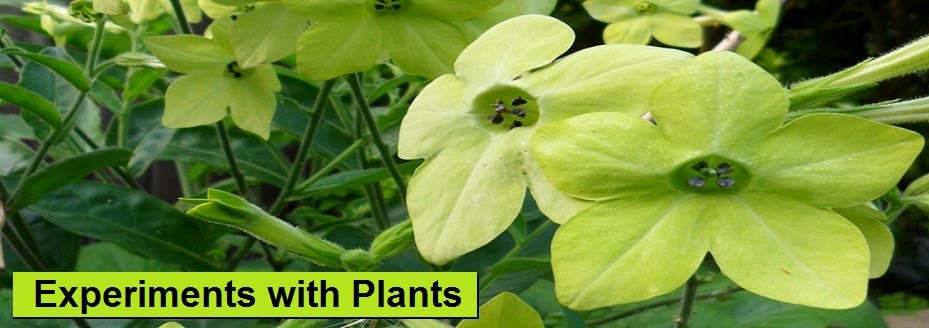 |
| 24MAR2012 |
Below is one of the lucky ones, a favourite tree in my local park. Done with flowering already, starting to leaf out as spring draws to a close. The dappled shade provided by the pale green, young leaves is magical. I was quite envious as I saw a small child fling his arms out and spin in the shards of light because that's exactly what I felt like doing myself.
 |
| 22MAY2012 - "A society grows great when old men plant trees whose shade they know they shall never sit in." - Greek proverb |
 |
| 21APR12 - two generations of seedheads |
There were a greater quantity of larger, mature seedheads from last year still hanging off the tree. It's impossible to snap the fibres of the seedhead stem; easy to detach the seeds, presumably because the seeds are supposed to be dispersed a distance away by the wind or birds rather than by the seedhead falling to the ground. Honouring the Greek proverb, some of them have been planted along with the mixture of annuals in my "last resort" seedtray.
Previously, a commenter asked if I knew how old this tree is. Even though the park accommodates several old trees, I can't find them documented on the internet. However during my research, I discovered that Berkeley Square in central London is home to 31 plane trees, all of which are at least 200 years old. Of course I had to go and check for comparison, and as the rain finally stopped this week making way for a heatwave, I decided to go on an expedition after work.
The closest underground train station is opposite Green Park. As I alighted I was confronted by some magnificent plane trees trying to burst through the park fence - surely there couldn't be trees more impressive ? Fuelled by this thought, I almost ran to Berkeley Square, dodging taxis and bumping into commuters who were rushing to get home.
 |
London plane trees in Green Park ... & Berkeley Square 23MAY2012
|
Approaching, half-filled with anticipation and half-prepared for an anti-climax .... I was not disappointed.
 |
| Two of the 31 London Plane trees in Berkeley Square |
 |
| Britain's most valuable tree ? It has a circumference of over 6 foot and is 223 years old - Berkeley Square |
 |
my favourite tree up till now ... and another in the local park most valuable tree in Berkeley Square
|
You may think that I've changed my mind about my favourite tree, but I'm certainly not as fickle as that !
I plan to continue observing this tree through the seasons and joining in with Donna Abel's Seasonal Celebrations meme and the tree followers at Lucy@looseandleafy.
©Copyright 2012 b-a-g. All rights reserved. Content created by b-a-g for http://experiments-with-plants.blogspot.com/2012/05/london-plane-tree-26-may-2012.html






